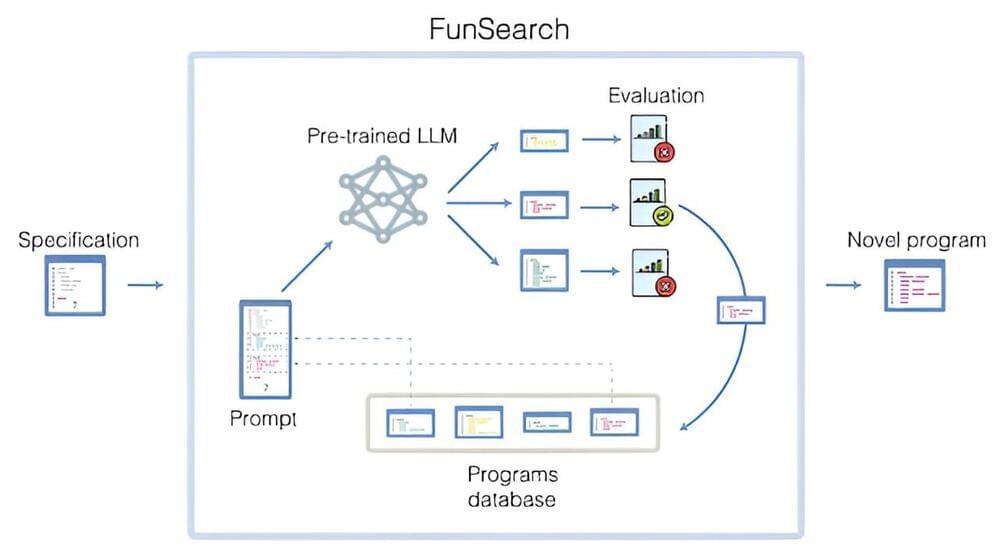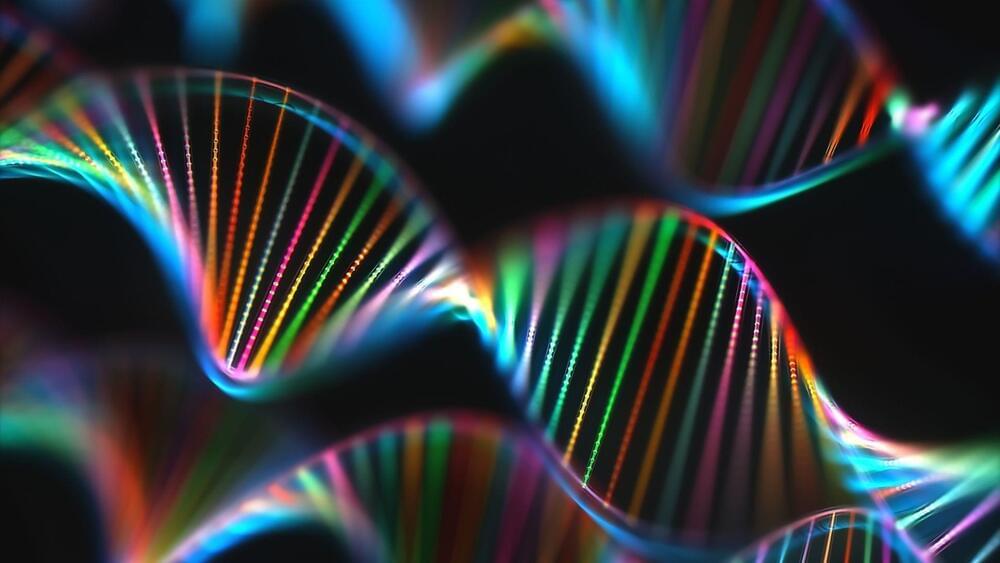When we look out at the Universe, even with Hubble, we’re only seeing the closest, biggest, brightest galaxies. Here’s where the rest are.
Get the latest international news and world events from around the world.

Supercharge Your Longevity with Dr. Gabrielle Lyon
Dr Gabrielle Lyon is a functional medicine physician and Founder of the Institute of Muscle-Centric Medicine. Most health advice focuses on shedding excess weight. But what if your longevity, healthspan, resilience and quality of life was more determined by gaining muscle than losing fat? This isn’t a bodybuilder’s coping strategy, it’s new science backed by mountains of data. Expect to learn why the quality of your life is a direct correlation to your muscle health, whether it’s more dangerous to be over-fat or under-muscled, whether exercise is more important than nutrition, Gabrielle’s favourite hacks for getting more protein in every day, whether protein timing matters, if it’s possible to achieve this with a plant-based diet and much more…

A means for searching for new solutions in mathematics and computer science using an LLM and an evaluator
A team of computer scientists at Google’s DeepMind project in the U.K., working with a colleague from the University of Wisconsin-Madison and another from Université de Lyon, has developed a computer program that combines a pretrained large language model (LLM) with an automated “evaluator” to produce solutions to problems in the form of computer code.
In their paper published in the journal Nature, the group describes their ideas, how they were implemented and the types of output produced by the new system.
Researchers throughout the scientific community have taken note of the things people are doing with LLMs, such as ChatGPT, and it has occurred to many of them that LLMs might be used to help speed up the process of scientific discovery. But they have also noted that for that to happen, a method is required to prevent confabulations, answers that seem reasonable but are wrong—they need output that is verifiable. To address this problem, the team working in the U.K. used what they call an automated evaluator to assess the answers given by an LLM.

Breakthrough: Artificial DNA opens door to designer proteins
RNA polymerase
The key lies in mimicking nature’s machinery. The researchers identified RNA polymerase, a key enzyme that converts DNA into RNA, which is then used to make proteins. They designed two artificial nucleotides that flawlessly mimic the geometry of natural nucleotides. RNA polymerase readily accepted these novel additions when tested, seamlessly incorporating them into transcription.
ETH Zurich’s advanced ANYmal robot can operate with a 198 lbs payload
Barry’s prowess is evident in tests, boasting a maximum payload-to-weight ratio of 2 on flat terrain.
Aiming to solve the challenge of legged robots still being “weak, slow, inefficient, or fragile to take over tasks that involve heavy payloads,” a team of researchers from the Robotic Systems Lab at ETH Zurich has developed a promising proposition.
Meet Barry, a dynamically balancing quadruped robot optimized for high payload capabilities and efficiency, which promises to help humans tackle challenging manual work scenarios. The quadruple’s new leg design ensures that it can “handle unmodeled payloads up to 198 pounds (90 kilograms) while operating at high efficiency,” according to a study by the team.
Space X Falcon 9-rival from Rocket Lab returns to Space after a setback
The launch marks the firm Electron rocket’s comeback after its failure in September, which resulted in the loss of a commercial Earth-observing satellite.
The 42nd mission signifies the return of Electron small rocket, bouncing back after a temporary pause prompted by a setback in September.

The rise of AI fake news is creating a ‘misinformation superspreader’
AI is making it easy for anyone to create propaganda outlets, producing content that can be hard to differentiate from real news.
Artificial intelligence is automating the creation of fake news, spurring an explosion of web content mimicking factual articles that instead disseminate false information about elections, wars and natural disasters.
Tech is not your friend. We are. Sign up for The Tech Friend newsletter. ArrowRight.

What Do AI Companies Want With the Media?
This past week, Axel Springer, the German media conglomerate that owns Politico and Business Insider, signed a “multiyear licensing deal” with OpenAI worth tens of millions of Euros.
The big deal OpenAI just inked with Axel Springer offers a glimpse of how AI and the media might eventually intersect.

World’s first human brain-scale neuromorphic supercomputer is coming
ICYMI: DeepSouth uses a #neuromorphiccomputing system which mimics biological processes, using hardware to efficiently emulate large networks of spiking #neurons at 228 trillion #Synaptic operations per second — rivalling the estimated rate of operations in the human brain.
Australian researchers are putting together a supercomputer designed to emulate the world’s most efficient learning machine – a neuromorphic monster capable of the same estimated 228 trillion synaptic operations per second that human brains handle.
As the age of AI dawns upon us, it’s clear that this wild technological leap is one of the most significant in the planet’s history, and will very soon be deeply embedded in every part of our lives. But it all relies on absolutely gargantuan amounts of computing power. Indeed, on current trends, the AI servers NVIDIA sells alone will likely be consuming more energy annually than many small countries. In a world desperately trying to decarbonize, that kind of energy load is a massive drag.
But as often happens, nature has already solved this problem. Our own necktop computers are still the state of the art, capable of learning super quickly from small amounts of messy, noisy data, or processing the equivalent of a billion billion mathematical operations every second – while consuming a paltry 20 watts of energy.